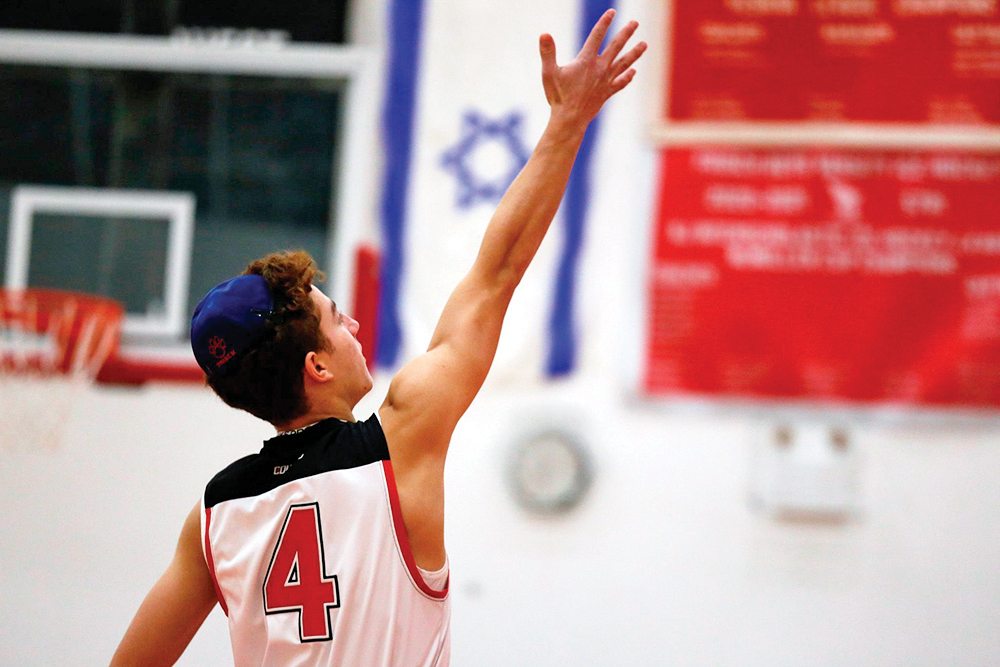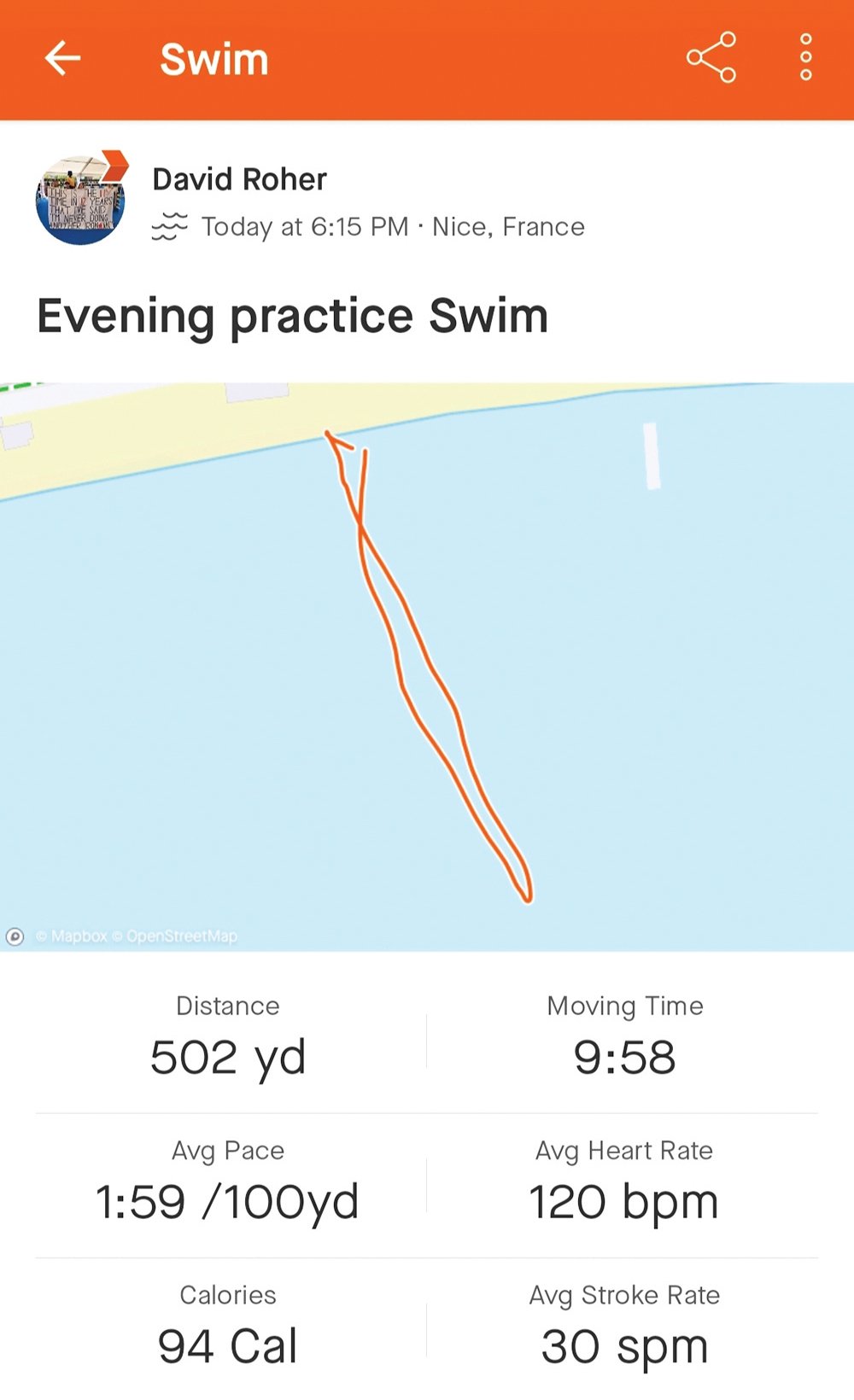Once, in the town of East Brunswick, a rabbi had a vision. He was sitting in his little shtiebel on Shabbat afternoon, learning Parshat Vayishlach and noshing on some egg kichel, when an image kept appearing in his mind. In his vision, he saw himself running through Brooklyn and Queens in athletic shoes, surrounded by a mass of other runners. Sometimes he would go over a bridge. Sometimes someone would hand him a cup of water. But he just kept running, and so did all the people around him. Every time he looked back at his Chumash the vision came back to him.
He checked with one of his congregants who was a running enthusiast and discovered that what he was describing greatly resembled the New York City Marathon. He had his congregant check the calendar, and sure enough, the next year Parshat Vayishlach coincided with the marathon. To the rabbi this was no mere coincidence. It was a sign. It was then that the rabbi decided he would run the marathon.
Now, nothing against rabbis. Certainly many of them are in excellent physical condition. Some may even be quite athletic. This rabbi, however, was not. Though only in his 40s, he was quite frail. His legs were like two matchsticks, and as for his arms, let’s just say he wasn’t called up to the Torah to do hagbah too often.
Still, he knew he had to run the marathon. Knowing he had a year to prepare, he consulted his running congregant, took out some books from the library on the marathon, watched Rocky a few times and went to work.
He began with short runs—only a few hundred yards—and found himself winded by even that small exertion. But over the fall and winter he began to build up his stamina. First half a mile, then a mile, and soon the distances were adding up.
By the spring his matchstick legs had muscle, and the running rabbi became a staple on the neighborhood streets. At first he ran in black pants and a white dress shirt, but his congregants bought him sweat pants and a modest long-sleeved T-shirt so that he wouldn’t stand out while he was pounding the pavement. The rabbi replaced his Converse high tops—which he normally wore only on Yom Kippur—with a pair of Sauconys, and he was on his way.
By the summer he was running long distances, but in July he pulled his left hamstring and couldn’t run for three weeks. His congregants tried to console him, but he smiled and reassured them that the injury was all part of Hashem’s plan. He was back on the streets by August, and he just kept running. By October he was a lean, mean jogging machine.
The week before the New York City Marathon came, and the rabbi rose before his congregants on Parshat Vayishlach, one day before he was to stand at the starting line in Staten Island. In place of the sallow man of a year before stood a small, robust rav, standing tall and proud.
“Nu,” said the rabbi. “It’s Parshat Vayishlach. And in this week’s Torah portion, after Yaakov Avinu sends his brother Eisav gifts, and divides his camp into two in case of war, and prays for salvation, do you know what happens?”
“Let me tell you! He wrestles with a malach, an angel. And when the angel and Jacob fight to a standstill, he doesn’t let the angel go until he gets a bracha, a blessing. And that’s when Yaakov becomes Yisrael, Israel, the true father of the Jewish people.
“My whole life I never understood this story. Why does he fight with this angel? And then last year, when I was learning the parsha, I finally figured it out.
In Tehillim, the Psalms, it is written: ‘Kol atsmotai tomarna Hashem mi chamocha—With all my bones I will ask, “Who is like You, Hashem?”’
“Yaakov had served Hashem every way he could, but he never had the chance to serve Him physically. He learned. He prayed. He did whatever was asked of him. But up until that point he was more of a tent dweller, the biblical version of a couch potato. When he fought with the angel, he finally found a way to serve Hashem with all of his strength. And for that he is blessed.
“And so, that is why tomorrow I will run the New York City Marathon. I will run it to serve Hashem, to serve God with all of my strength.”
The rabbi then pulled out a T-shirt from under his shtender. It was light blue with pink tie dye, and on the back was written: ve’ahavta lereiacha kamocha, while on the front was: Love your neighbor as yourself.
The small congregation gasped. Some from shock at the audacity of the rabbi’s plan, and others from his poor fashion sense. Pink tie dye? In November?
“And my pulled hamstring muscle,” continued the rabbi, “it was just like when the angel grabbed Yaakov’s gid hanasheh, Jacob’s inner thigh, and caused him injury. It was just one more exertion to serve our Creator.”
And so, the rabbi ran the marathon. His congregation crossed into the city by bridge and tunnel to cheer him along the way. He finished in four hours and nine minutes. He made the local TV news in his tie-dyed mitzvah T-shirt. And though unable to walk straight for a week, he finished with the fastest recorded time in the history of the NYC Marathon for any rabbi from New Jersey.
Larry Stiefel is a pediatrician at Tenafly Pediatrics.
By Larry Stiefel












